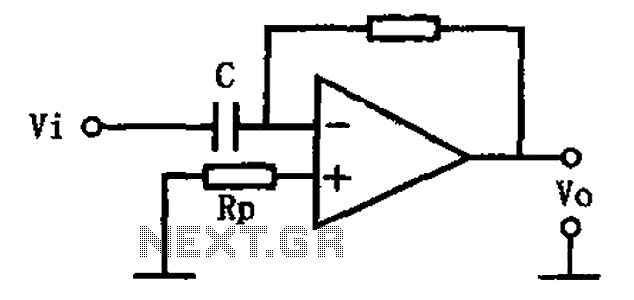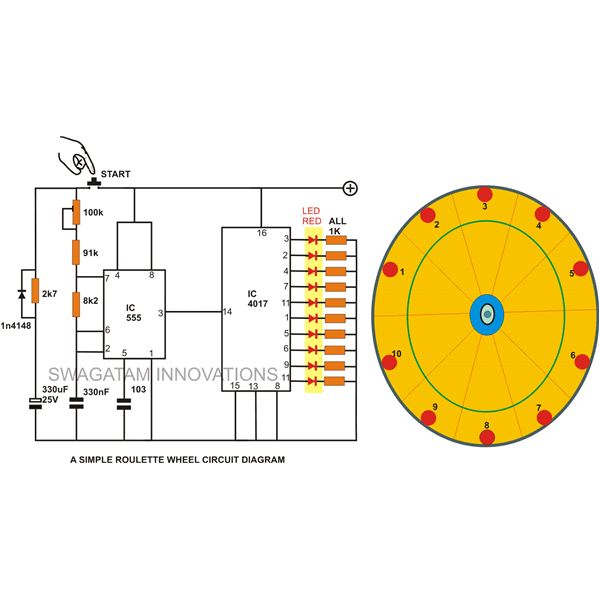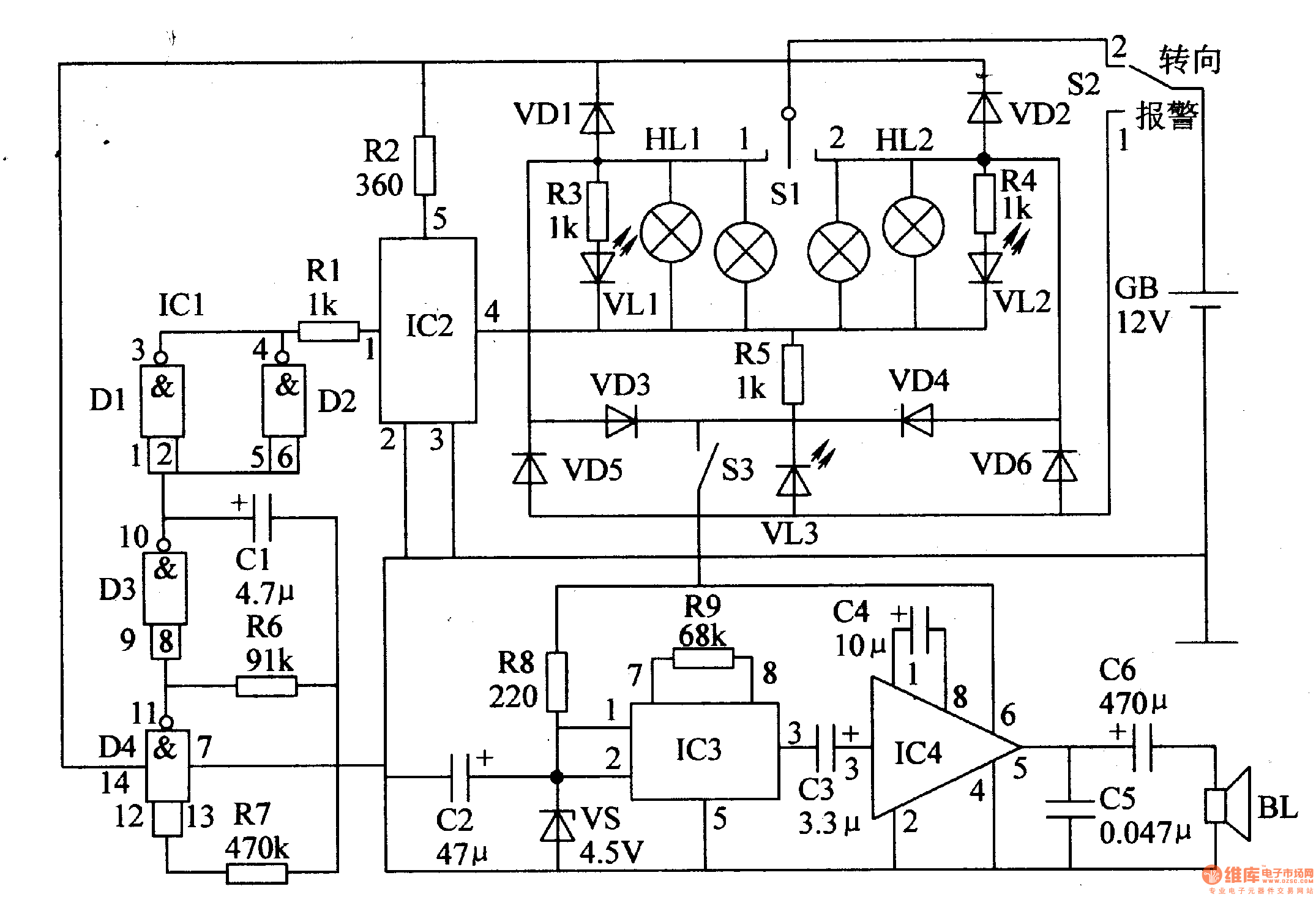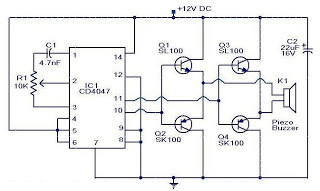
HT6337 (electric fan) infrared remote control receiving decoder circuit

The HT6337 is an infrared remote control receiving decoder circuit specifically designed for electric fan applications. It is housed in a 28-pin dual-row DIP package, with the compatible model being HT12C. The HT6337 is part of a series of related products. Its features are detailed in table 2-16-1. Pins 1, 7, and 12 are designated as function buttons.
The HT6337 infrared remote control decoder operates by receiving modulated infrared signals from a remote control transmitter. Upon receiving the signal, the decoder processes the information and outputs the corresponding control signals to the connected device, such as an electric fan. The integration of this decoder allows for wireless control, enhancing user convenience and functionality.
The 28-pin DIP package facilitates easy integration into various circuit designs. The pin configuration includes multiple function buttons, which can be programmed to perform specific tasks, such as adjusting speed settings or turning the fan on and off. The compatibility with the HT12C model ensures that the HT6337 can be utilized in conjunction with various transmitter designs, providing flexibility in system design.
In addition to its primary function as a decoder, the HT6337 includes features such as low power consumption, which is essential for battery-operated devices. The device's design allows for a simple interface with minimal external components, making it suitable for cost-effective applications. The presence of a built-in oscillator simplifies the design process, as it reduces the need for additional timing components.
Overall, the HT6337 is a versatile component in the realm of remote control systems, particularly for applications requiring reliable and efficient control of electric fans and similar devices. Its ease of use, combined with its functional capabilities, makes it an ideal choice for engineers and designers looking to implement infrared remote control solutions.The HT6337 is designed as one kind of infrared remote control receiving decoder circuit that can be used in the electric fan application. It uses the 28-pin dual-row DIP package, the matching model is HT12C. The HT6337 is one of the series products. The features of it are as shown in table 2-16-1. The pin-1, pin-7 - pin-12 have the function buttons.The arra.. 🔗 External reference
The HT6337 infrared remote control decoder operates by receiving modulated infrared signals from a remote control transmitter. Upon receiving the signal, the decoder processes the information and outputs the corresponding control signals to the connected device, such as an electric fan. The integration of this decoder allows for wireless control, enhancing user convenience and functionality.
The 28-pin DIP package facilitates easy integration into various circuit designs. The pin configuration includes multiple function buttons, which can be programmed to perform specific tasks, such as adjusting speed settings or turning the fan on and off. The compatibility with the HT12C model ensures that the HT6337 can be utilized in conjunction with various transmitter designs, providing flexibility in system design.
In addition to its primary function as a decoder, the HT6337 includes features such as low power consumption, which is essential for battery-operated devices. The device's design allows for a simple interface with minimal external components, making it suitable for cost-effective applications. The presence of a built-in oscillator simplifies the design process, as it reduces the need for additional timing components.
Overall, the HT6337 is a versatile component in the realm of remote control systems, particularly for applications requiring reliable and efficient control of electric fans and similar devices. Its ease of use, combined with its functional capabilities, makes it an ideal choice for engineers and designers looking to implement infrared remote control solutions.The HT6337 is designed as one kind of infrared remote control receiving decoder circuit that can be used in the electric fan application. It uses the 28-pin dual-row DIP package, the matching model is HT12C. The HT6337 is one of the series products. The features of it are as shown in table 2-16-1. The pin-1, pin-7 - pin-12 have the function buttons.The arra.. 🔗 External reference





